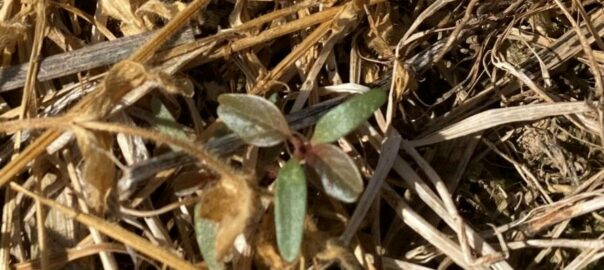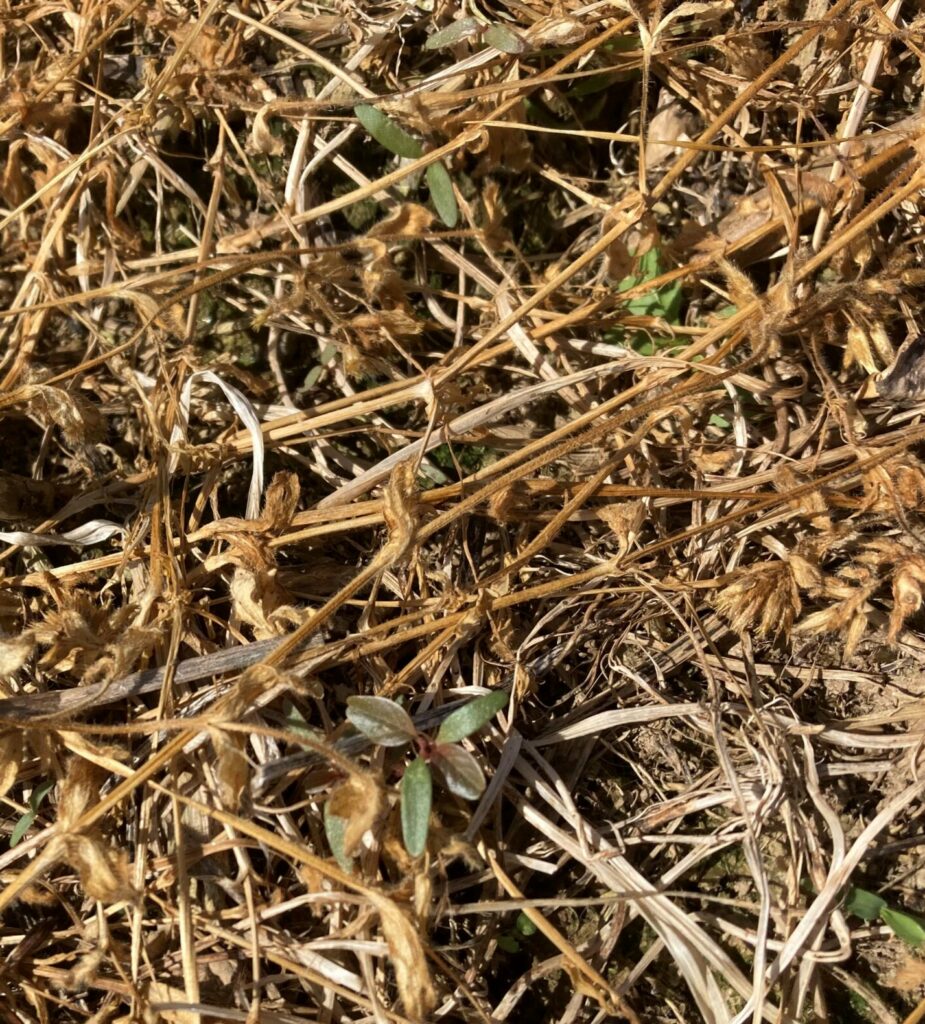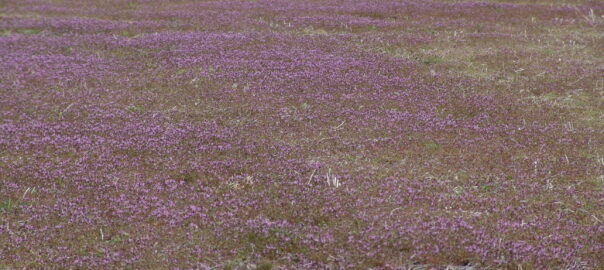As we wait out this latest round of wet weather, just wanted to remind those who have not had the opportunity to view our grain conference videos for continuing education credits, that points will be available for just a few more weeks. Continue reading
Category Archives: Weeds
Ryegrass an Fescue Management in Emerged Corn
The call of the week is how to control ryegrass and, in a few other cases, fine fescue in emerged corn (Video of ryegrass and fescue in corn). Several have reported these grasses recovering from glyphosate + dicamba or in a few instances, glyphosate + rimsulfuron burndown. The questions that follow are why did they recover and what is the best way to control them now that the corn is up? Continue reading

Palmer Amaranth has Started to Emerge

Palmer amaranth has begun to emerge and unfortunately it is not a problem to find seedling Palmer in our fields. This is not a surprise as research from two decades back suggests that environmental conditions like those we experienced the first half of April should be conducive for germination to begin. Continue reading
Herbicide Option Questions
The constant word I am hearing from retailers is that many herbicides are in tight or limited supply going into the spring. This all started back in late January when the most commonly used spring wheat herbicide, Axial Bold, sold out quickly and was followed shortly by Osprey. This was followed with reports of 2,4-D being in short supply. Continue reading

Henbit and Purple Deadnettle
Tennessee fields annually turn a purple color around April 1. The weed henbit (Lamium amplexicaule L.) is the main cause for this color. It has distinct purple flowers and is one of the most commonly found plants in our row crop fields. However, there is a close cousin to henbit, purple deadnettle (Lamium purpureum L.), that is also adding to the purple color in many fields. Continue reading
A Shift in Early Burndown Strategy
Early Burndown. The challenge to burning down grasses before planting has become increasingly difficult in the last half dozen years. There are two reasons for the sketchy grass control with the traditional burndown application of glyphosate + dicamba. First, the continued evolution of glyphosate resistance in ryegrass, junglerice, johnsongrass and goosegrass have made that “go-to” burndown application inconsistent. Second, we have now documented that dicamba is consistently causing glyphosate to provide poor grass control. As such our recommendation has been to change the “go-to” burndown from glyphosate + dicamba to glyphosate + clethodim.
The problem with using glyphosate + clethodim is that the burndown will miss, or be weak on, some broadleaf weeds, most notably glyphosate-resistant horseweed. During the meeting circuit this winter, several have asked “Is there a herbicide that can be added to glyphosate + clethodim that will provide horseweed control while not sacrificing grass control?” This caused me to go back and examine burndown research we conducted 4 and 5 years ago with Elevore and Verdict. Continue reading
The New UTcrops.com !!!
 If you haven’t noticed, our UTcrops.com website has gotten a facelift. You may not recognize it when you first visit us at https://utcrops.com/. However, it’s organized similarly to the old version. I’m sure there are a few bugs that need to be fixed, but take a look! This site gives you ready access to essentially all UT resources related to row crop production.
If you haven’t noticed, our UTcrops.com website has gotten a facelift. You may not recognize it when you first visit us at https://utcrops.com/. However, it’s organized similarly to the old version. I’m sure there are a few bugs that need to be fixed, but take a look! This site gives you ready access to essentially all UT resources related to row crop production.
Soybean Herbicide Trait Summary
Herbicide resistant traits available in soybean continue to increase. It does not seem that long ago that there was either Roundup Ready or conventional soybean. There are no less than eight different soybean herbicide resistant traits available today with the most recent being XtendFlex soybean. Continue reading

